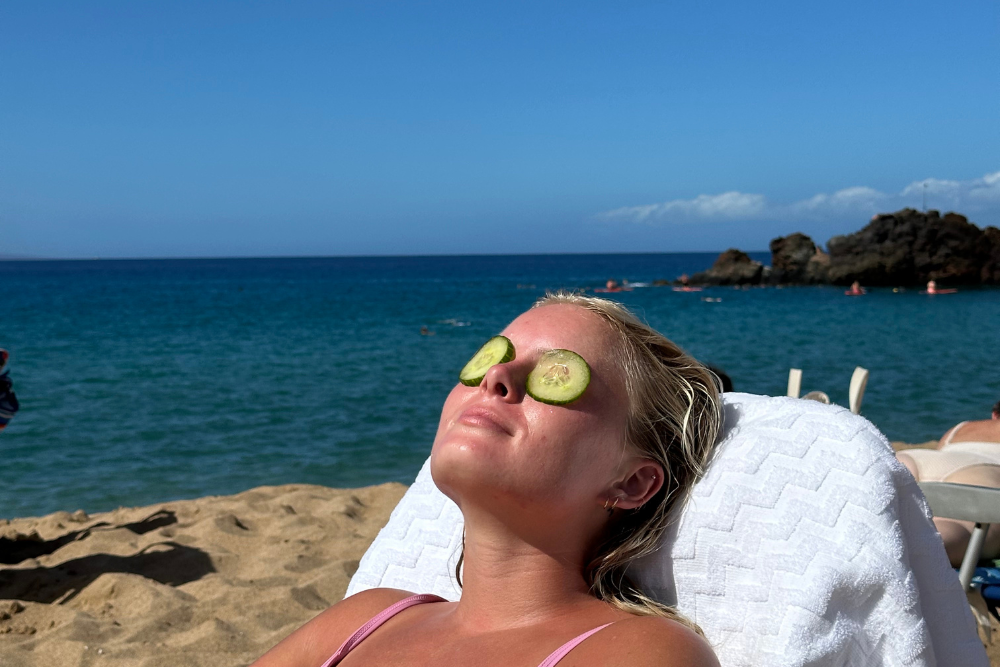Summer is here, bringing with it the promise of sunshine, outdoor activities, and that coveted healthy glow. But as we welcome the longer days, it is crucial to keep in mind that the sun, while beautiful, can be a powerful force that impacts your skin’s health and appearance. Past the immediate sunburn, prolonged sun exposure can lead to more serious concerns, including accelerated aging and, most critically, an increased risk of skin cancer.
At Olympia Aesthetics in Palm Harbor, Florida, understanding and protecting your skin, specially from skin cancer, is a year-round priority. This resource will help you manage the summer months safely, making certain your skin remains healthy, bright, and protected.
Beauty vs. Damage
Sunlight is crucial for life, but its ultraviolet (UV) rays can be surprisingly damaging. There are two main types of UV rays that reach your skin:
- UVA rays: These contribute to long-term skin aging, causing wrinkles, fine lines, and sun spots. They penetrate deeply, affecting collagen and elastin.
- UVB rays: These are primarily responsible for sunburn and play a significant role in causing most skin cancers.
Both UVA and UVB rays contribute to sun damage, collectively known as photoaging. This is not just about wrinkles; it is about changes at a cellular level that can lead to serious health issues.
The most critical concern is the link between sun exposure and skin cancer. Accumulated exposure considerably increases the risk of developing basal cell carcinoma, squamous cell carcinoma, and the most dangerous form, melanoma. Early detection is essential, making sun protection and regular skin checks non-negotiable.
More than cancer risk, sun damage also shows aesthetically as hyperpigmentation (those stubborn sun spots or age spots), uneven skin tone, rough texture, and a loss of skin elasticity.

What Can You Do Beyond Applying SPF
- The Effectiveness of Sunscreen: This is your daily non-negotiable. Choose a broad-spectrum sunscreen with an SPF of 30 or higher. Apply it generously 15-20 minutes before sun exposure, and reapply every two hours, or more often if swimming or sweating.
- Seek Shade: The sun’s rays are strongest between 10 AM and 4 PM. Plan your outdoor activities to avoid peak hours, or find shade under trees, umbrellas, or awnings.
- Protective Clothing: Do not underestimate the value of clothing. Opt for lightweight, long-sleeved shirts, pants, wide-brimmed hats, and UV-blocking sunglasses. Look for clothing with a UPF (Ultraviolet Protection Factor) rating.
- Hydration and Antioxidants: Drink plenty of water to keep your skin hydrated from within. Incorporate antioxidant-rich foods into your diet, which can help your skin’s natural defenses against environmental damage.
- Regular Skin Self-Checks: Become familiar with your skin. Regularly check for any new moles, changes in existing ones, or any unusual spots. If you notice anything concerning, consult a professional immediately.
How Olympia Aesthetics Helps Combat Sun Damage
Even with the best prevention, years of sun exposure can leave their mark. At Olympia Aesthetics, a personalized approach helps address existing sun damage and revitalize your skin.
Our process begins with a VISIA Skin Analysis, a detailed scan that reveals both visible and hidden sun damage. This allows Olympia Morris, a board-certified Physician Assistant with extensive training in cosmetic treatments, to create a precise, customized treatment plan tailored to your unique concerns.
We offer a range of advanced treatments designed to combat the effects of sun damage:
- BBL (BroadBand Light): Effectively targets and reduces sun spots, redness, and uneven pigmentation, revealing a clearer complexion.
- Halo Laser: A hybrid fractional laser that renews skin by targeting both surface imperfections and deeper sun damage, improving tone and texture.
- Nano Laser Peel & Micro Laser Peel: These gentle laser resurfacing treatments smooth skin texture and even tone with minimal downtime.
- Contour TRL: A deeper laser peel for more considerable concerns like deep wrinkles and scars resulting from extensive sun exposure.
- VI Peel: A medium-depth chemical peel that improves pigmentation, fine lines, and overall skin discoloration caused by the sun.
- Sylfirm RF Microneedling: This treatment tightens skin, reduces pigmentation, and improves texture using radiofrequency energy combined with microneedling.
Learn more about each one of these treatments by entering here.
It is ever too late to address sun damage? The good news is, while prevention is crucial, many advanced treatments can markedly improve the appearance and health of sun-damaged skin. These procedures often complement your existing skincare routine, enhancing product absorption and overall results. Downtime varies by treatment, a detail thoroughly discussed during your personalized consultation. It is important to remember that while these treatments can address existing damage and even precancerous lesions, they do not prevent future skin cancer; continued sun protection will be required.
Ready to discuss your summer skin health strategy? Schedule Your Skin Health Consultation with Olympia Aesthetics or call us at 727-626-8282.

FAQs About Summer Skin Care
Can I still get a tan safely?
No, a tan is a sign of skin damage. When your skin darkens, it is reacting to UV radiation by producing more melanin, which is its attempt to protect itself from further harm. There is no such thing as a “healthy tan” from sun exposure.
How often should I get my skin checked for sun damage or suspicious moles?
It is recommended to perform monthly self-skin checks to look for any new or changing moles, spots, or lesions. Additionally, a professional skin exam by a dermatologist or qualified medical professionañl is advised at least once a year, especially if you have a history of considerable sun exposure or a family history of skin cancer.
Are there specific ingredients in skincare products that can help repair sun damage?
Yes, look for ingredients like retinoids (Vitamin A derivatives), Vitamin C, Vitamin E, niacinamide, and alpha hydroxy acids (AHAs). These ingredients can help stimulate collagen production, reduce hyperpigmentation, improve skin texture, and provide antioxidant protection against further damage.
Can makeup with SPF replace my regular sunscreen?
While makeup with SPF offers some protection, it is generally not enough on its own. Most people do not apply enough foundation or powder to achieve the stated SPF. It is best to apply a dedicated broad-spectrum sunscreen as your first layer of protection, then apply makeup with SPF as an additional safeguard.
What should I do if I get a sunburn?
For mild sunburns, apply cool compresses, take a cool bath, and use aloe vera or a gentle moisturizer to soothe the skin. Drink plenty of water to stay hydrated. Avoid picking or peeling the skin. If the sunburn is severe, with blistering, fever, or chills, seek medical attention immediately.



